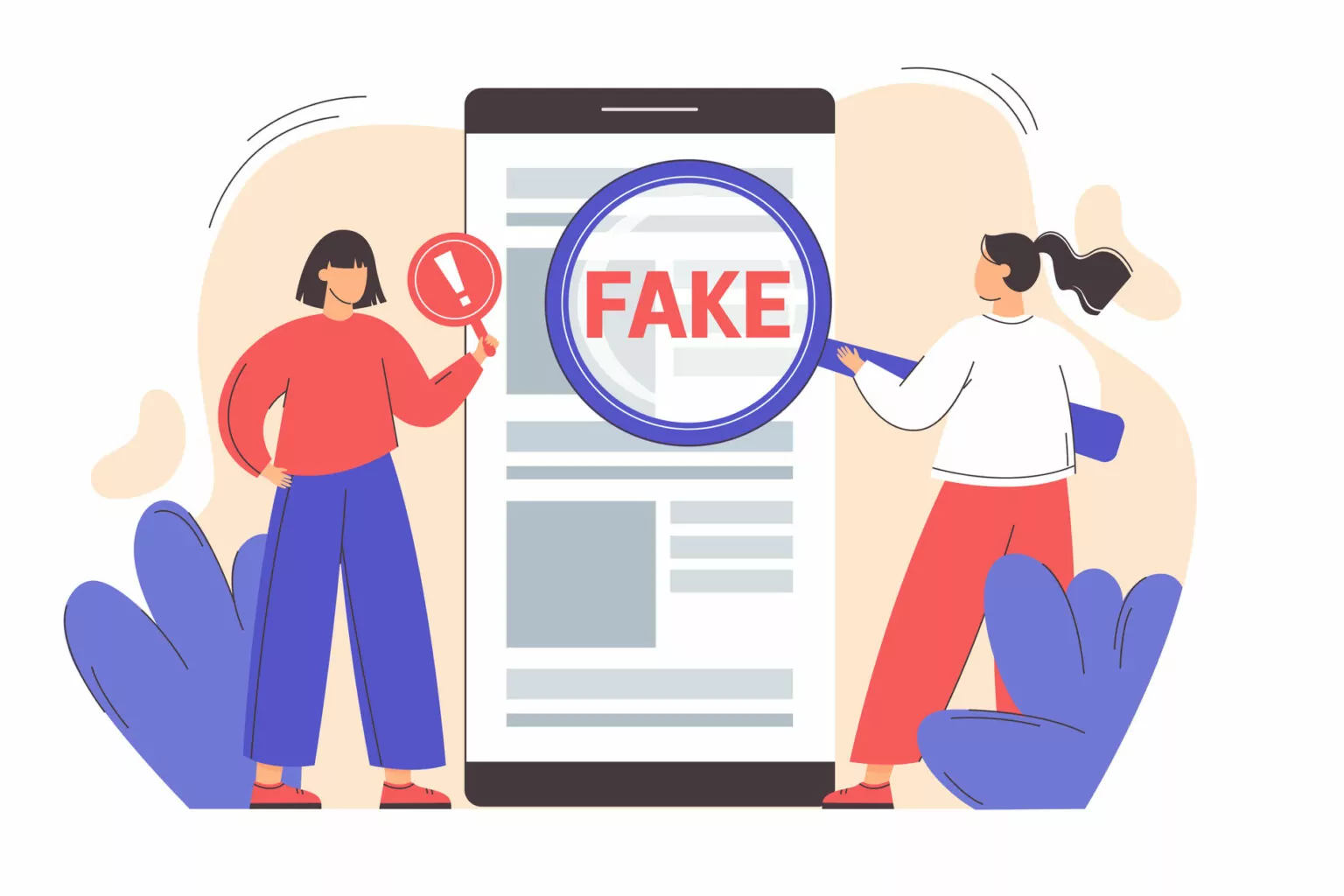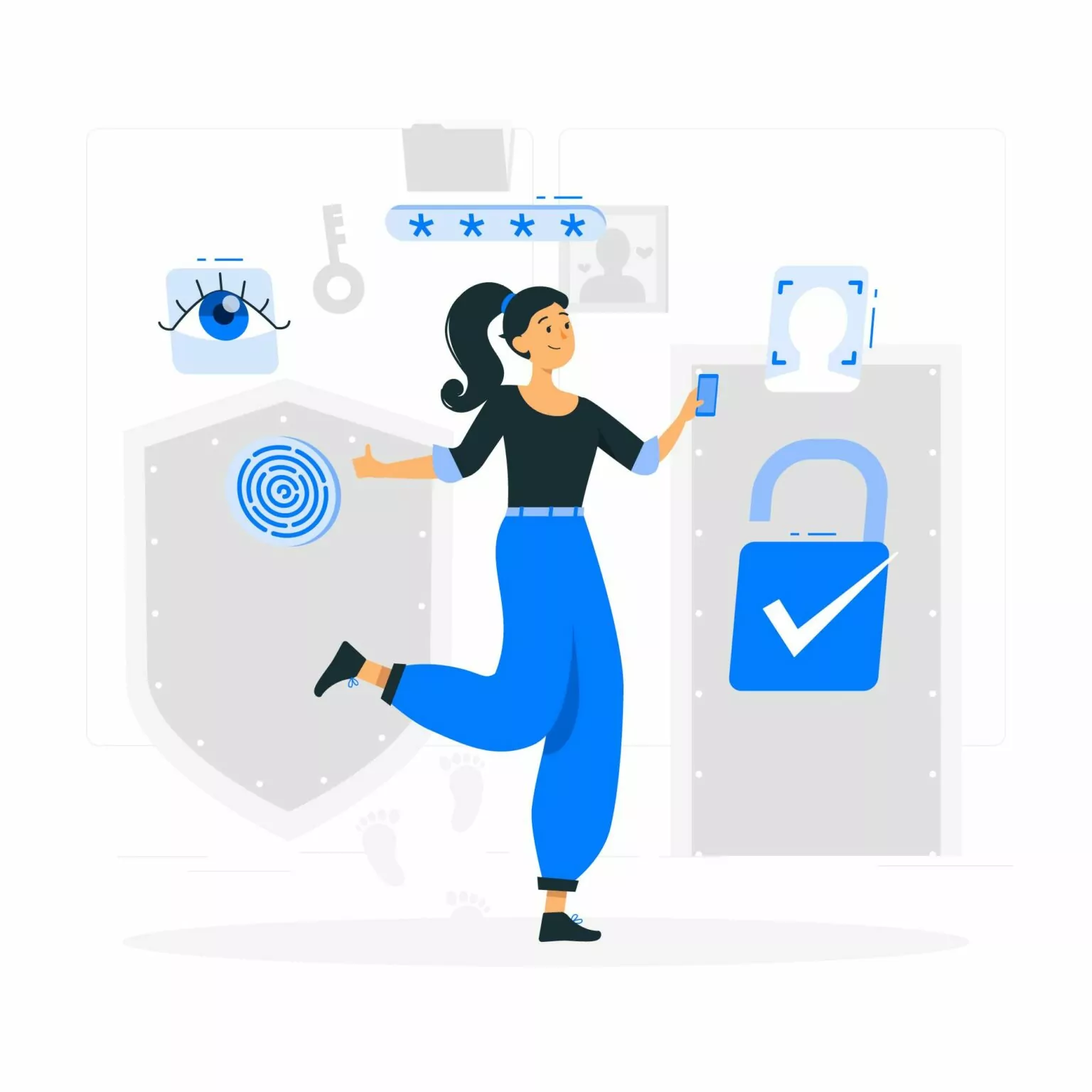
Cracking down on impersonation with video interview platforms
The growing popularity of video interviews
Virtual interviews have gained significant momentum in the hiring process. Several forces have propelled their ascent. The pandemic served as a catalyst, as organisations embraced remote hiring. Advancements in interview technology further spurred this transformation and revolutionised the way employers engage with potential candidates. Additionally, the growing emphasis on remote work arrangements and the pursuit of Diversity, Equity, and Inclusion (DEI) goals amplified the appeal of virtual interviews.
Amidst this paradigm shift, the benefits of video interviews have become increasingly evident. They offer a multifaceted advantage, a few which are listed below:
- Expanded candidate pool: Video interviews transcend geographical limitations and so enable access to a wide range of talent. This inclusivity, a hallmark of contemporary recruitment, provides equal opportunities for candidates of all backgrounds.
- Time-saver: Video interviews streamline evaluation and decision-making processes by eliminating logistical challenges.
As Scott Honsberger, Head of People Operations at Mixtiles puts it, “There’s no travel time for the candidate, no need to book a meeting room, no need to coordinate waiting rooms, etc.”
This shortens the hiring process significantly.
- Cost-effectiveness: The elimination of travel expenses and venue costs associated with in-person interviews translates into significant financial savings for organisations. This newfound economic efficiency aligns seamlessly with the ever-evolving recruitment strategies.
- Scheduling flexibility: Video interviews allow candidates and interviewers to participate in discussions from the comfort of their own spaces. This helps accommodate diverse schedules and time zones. This flexibility fosters a convenient interview experience, contributing to a positive candidate’s perception of the organisation.
Due to these advantages in video interviewing, its usage has surged, and so have the instances of unscrupulous individuals exploiting the medium.
Yes, candidates have been discovered using compact Bluetooth devices, receiving answers from an expert concealed in the backdrop. It is incredible if not surprising the lengths people go to, to secure a well-paying job!
Unwittingly, such people have created a niche market for professional fakers. Some of these impostors charge up to $150 an hour to serve as stand-ins during interviews. Talk of career choices!
The growing concern over impersonation and fake candidates in video interviews warrants immediate attention of organisations. A good place to start would be to comprehend the issue at hand.
Understanding the impersonation problem
Video interview platforms come with challenges of their own, including technical vulnerabilities, inadequate identity verification measures, and the act of delicately balancing security, user-friendliness, and accessibility. This environment is conducive for people with malicious intent as the platform’s frailty can easily be taken advantage of.
Proxy interviews are an unnerving trend. It has serious domino effects on enterprises. If fakers are not discovered in time and the job offer goes to the wrong candidate, the direct result is erroneous hiring. Companies lose time and money, and also need to restart their hiring process. This extends the time to hire and puts a spanner in the works. All of these impede the operational continuity of the organisation.
A more nefarious intent of fraudsters poses an insidious threat to the organisation’s security. By infiltrating the interview process, these impostors can potentially gain access to sensitive information and internal systems. Such breaches can have severe consequences, compromising data security, intellectual property, and the organisation’s reputation.
Impersonation is worrisome, and fake candidates are undesirable intruders in your party. It is essential to implement a preventive system that can thwart these malicious attempts at entry. Alternatively, if a fraudster does manage to gain access to the system, the interviewers must be adept at spotting them.
How to identify impersonators
Impersonators employ a variety of tactics to deceive interview platforms. Their schemes range from subtle to highly sophisticated, for example:
- Seeking assistance from an accomplice via a separate chat or a second phone line, allowing them to receive answers in real-time
- Using cheat sheets to deliver scripted responses convincingly
- Use of Deepfake technology to manipulate facial identification. This allows them to create a lifelike representation well-aligned with a legitimate candidate’s appearance
- Using pre-recorded responses that play seamlessly to mimic authentic interaction
Ooh! The tactics employed by these impersonators could make Dolos, the supreme trickster, question his own mastery.
Interviewers have their task cut out to discern these impostors from genuine candidates. Vigilant observation becomes crucial. There are several tell-tale signals that reveal people’s true identities regardless of how skilfully they disguise it. Here are some of these indicators:
- Candidates who refuse to turn the camera on, or insist on sitting in the shadows are trying to conceal their identities intentionally. Low face visibility is a red flag.
- Learn to read nonverbal cues. Body language and subtle facial expressions convey a wealth of information regarding an individual’s demeanour and current state of mind. For example, individuals displaying confidence typically sit in an upright posture, while impatience can manifest as rapid finger tapping. Nervousness often leads to behaviours such as fidgeting with hair or adjusting jewellery. Tightly pressed lips can be indicative of deceitful candidates. Embrace your inner Sherlock Holmes and glean insights from their behaviour, expressions, and vocal tones.
- Answers that appear overly rehearsed and are devoid of genuine thought point toward a potential impersonator who is relying on a script.
- Out-of-sync voice and lip movements hint at the use of technology to manipulate responses.
- A delayed response suggests the candidate might be coordinating with an accomplice.
It is strongly advised that interviewers alertly observe candidates for the above mentioned indicators. However, the reality is that while this strategy aids in averting poor hiring choices, it consumes a considerable amount of your precious time and resources. Thus, while a remedy is necessary, the implementation of a preventive mechanism is equally imperative.
Prevention, as they say, is better than cure
Fortunately, advancements in video interviewing technology have come a long way since its inception, making it considerably challenging for impostors. Video interviewing platforms don’t just facilitate interviews; they offer tools that help prevent impersonation and deception. Here are some features commonly integrated into video interviewing platforms:
- Multi-factor authentication (MFA): This is an advanced security protocol that combines various layers of verification to establish a candidate’s identity with.
Once candidates log in with their credentials, any combination of the following is included for MFA:
- One time password (OTP)
- Answer to personal security questions (For example, “What is your mother’s maiden name?”)
- Facial recognition to compare the candidate’s facial features with their registered profile
- Document information extraction and document proofing: These processes are used to verify the authenticity and accuracy of documents provided by candidates.
Document information extraction, extracts information such as key data points like names, addresses, educational qualifications, work experience, etc., from resumes, identification cards, certificates, and other credentials. This gleaned data can subsequently be cross-checked with the information supplied by the candidate to flag any irregularities or incongruities.
On the other hand, document proofing involves the legitimacy and credibility of documents through checks for elements like watermarks, holograms, security features, and other indicators of an authentic document.
- Secure environment setup and continuous monitoring: It ensures that the interview takes place in a controlled and non-compromised space. Real-time monitoring helps identify irregularities such as presence of third-party devices like keyboards, diverting gaze from the screen, accessing other tabs, or unauthorised persons attempting to participate on the candidate’s behalf.
- Powered by AI and ML: AI and ML play a significant role in identifying fake candidates by analysing various data points and patterns. Here’s how:
- They can analyse an interviewee’s behaviour, gestures, body language and facial expressions, and can flag any inconsistencies for further investigation.
- They can also analyse voice patterns and tones for changes in pitch, speed, or hesitations. These indicate stress, nervousness, or dishonesty that are signs of potential deception.
- Geotagging: This GPS-enabled feature allows the verification of a candidate’s claimed location. It cross-references the candidate’s location during the interview with the location they have stated.
Also embedded into video interviewing platforms are functionalities designed for future reference. They encompass log maintenance, feedback collection, automated screenshot capturing, and real-time reports. In essence, video interviewing platforms have meticulously considered conceivable impersonation scenarios and incorporated features that facilitate an impenetrable video interview process.
Conclusion
In the ever-evolving landscape of hiring, where virtual interactions have become the norm, the battle against deception and impersonation — where faces can be masked and identities blurred — rages on.
Video interview platforms have emerged as beacons of security and authenticity. These digital safeguards have proven themselves as more than just conduits for interviews; they act as vigilant gatekeepers.
Consider HirePro’s Video Interview Platform, which integrates several advanced features seamlessly. These include asynchronous and live interactive video interview options with screen sharing and whiteboarding. It also caters to diverse scheduling preferences with options like quick, self, live, and bulk scheduling. Additionally, the platform features AI-powered impersonation detection, ensuring the integrity of all interactions.
In an era where remote interactions dominate, the rise of video interview platforms is a testament to innovation addressing a pressing need. As we navigate this ever-evolving digital frontier, the role of these platforms in preserving the integrity of virtual interviews cannot be overstated.
With their watchful eyes, they instil confidence in a world where genuine connections can be elusive. Their contribution serves as a reminder that while the challenges of impersonation exist, so does the ingenuity that thwarts them.
Reference:

